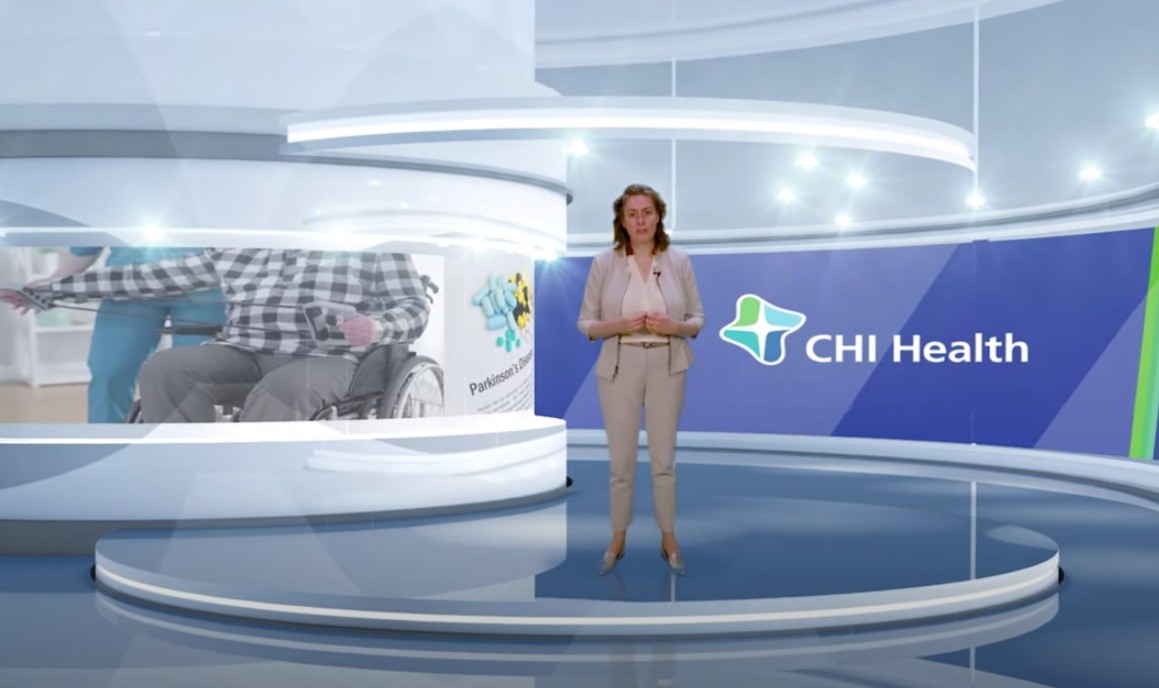Your hands are like a multipurpose tool – they do so much, it’s easy to take them for granted. But for people with tremors, the simplest activities can become impossible. Today on CHI Health Uncovered, learn about movement disorders that cause tremors and exciting advances in treatment happening here at CHI Health.
Types of Movement Disorders
You’ve probably seen Michael J. Fox on TV. Rather than let Parkinson’s disease end his acting career, he famously shined a light on what it’s like to live with the movement disorder and its symptoms, such as tremors. An estimated 1 percent of the population has Parkinson’s disease, a neurologic condition that also results in limb stiffness, slowness and a shuffling gait. Its cause is not completely understood but genes and environmental triggers are thought to play a role.
Another common movement disorder is essential tremor. It affects 4% of those over 40 and is generally genetic in origin. Academy award winning actress Katharine Hepburn had this condition’s involuntary and rhythmic shaking. Some people are able to manage their tremors. But many experience worsening tremors that make it impossible to do basic tasks – like buttoning a shirt – without assistance.
Movement Disorder Treatments
As you can imagine, an effective treatment can be life-changing. While physical therapy can help Parkinson’s patients, medications are typically the first treatment of choice for tremors. Seven out of 10 people with essential tremor respond well to medications, and medication can help control Parkinson’s tremors, but not always completely.
Surgical Treatments
When medications don’t work, two procedures are often considered. The first is a surgical option called deep brain stimulation. It uses an implant to control a specific area of the brain involved in abnormal movement. The procedure requires anesthesia and the placement of a pacemaker-like device. It not only stills tremors, but it can also help Parkinson’s patients with shuffling, slowness and stiffness.
Focused Ultrasound for Essential Tremors
A non-surgical procedure pioneered at CHI Health applies focused ultrasound to people with essential tremor. This incision-less brain surgery uses MRI and ultrasound to target and eliminate cells in the brain that transmit tremor to the body. More than 90% of patients experience no tremors immediately after the procedure. The procedure is FDA approved, however the only drawbacks are that it relieves tremors on one side of the body only. But, for people who’ve struggled with daily tasks, the ability easily to handle objects can be liberating and dramatically improve quality of life.
There’s more hope on the horizon for people with movement disorders that cause tremors. In fact, we’re learning more about these perplexing conditions and how to treat them every day. I’m Dr. Melinda Burnett. Be sure to check back for more next time on CHI Health Uncovered.
Learn more about movement disorders and the CHI Health Neurological Institute.





